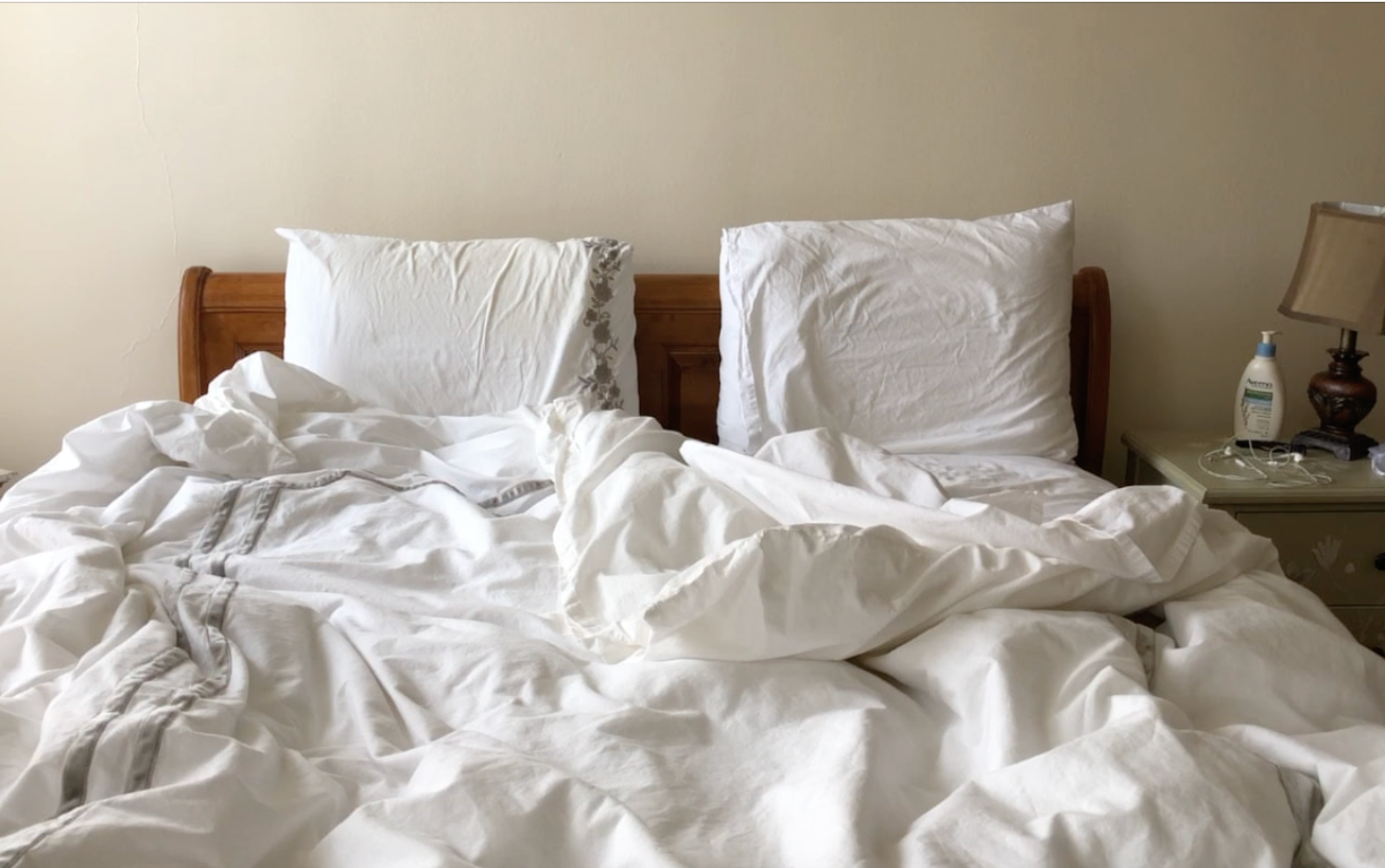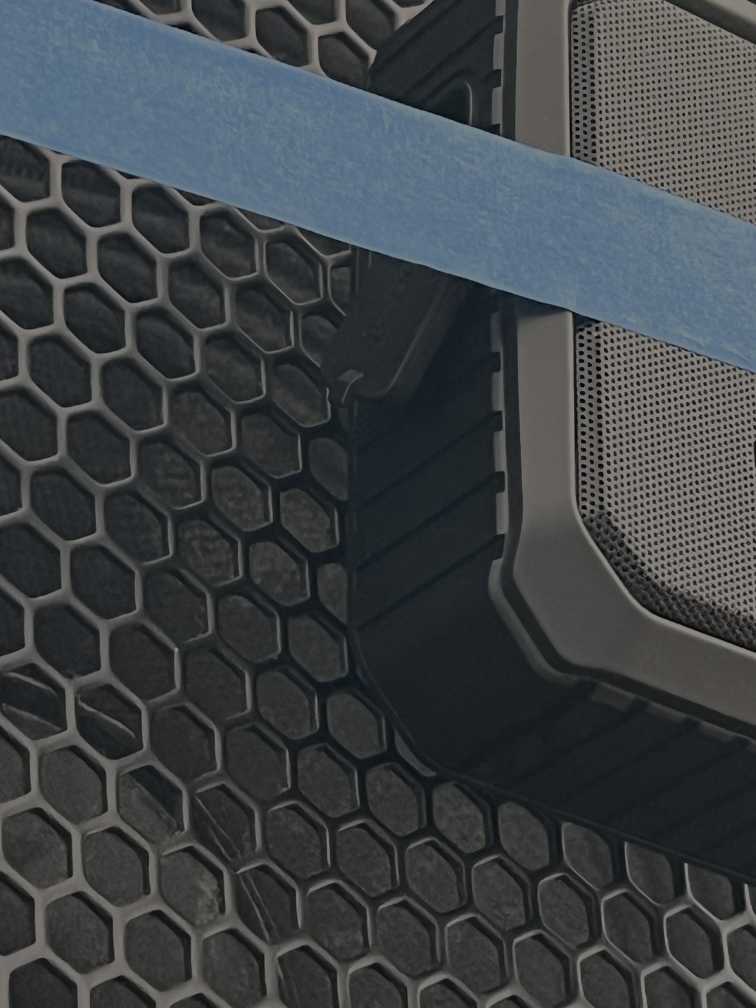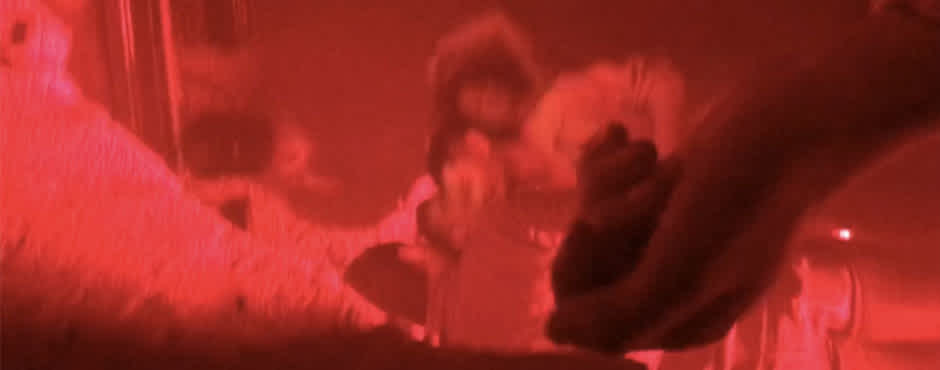
Credits:
Olivia Guerriero, Fall 2019 Curatorial Intern
December 3, 2019
Lauren Bakst is a New York City-based artist and writer working through performance. Her work draws from the materials and relationships of her life to contend with the conditions of intimacy, desire, and affect. She has been in residence through The Kitchen at Queenslab in Ridgewood since the end of October. From December 11 through 14, Bakst’s residency will culminate in a performance piece titled after summer, or not in the kitchen (the bed, the bathroom, the dance floor and other spaces).
Halfway through her residency, I spoke to Bakst about her multimedia approach to creating after summer, the relevance of space and place during her time at Queenslab, and the relationship that she builds in her work between her personal life and her artistic inspirations.

Throughout your career, you have used film, text, dance, sculptural installation, and found materials to create your work. What is the relationship between your process and your chosen mediums for a piece?
Performance is inevitably a space that holds and composites multiple media. Given this inevitability, I try to ask, “What are the particular media needed for the question or gesture of this work?” In this project, I’ve been orbiting around the 1978 Chantal Akerman film Les Rendez-vous d’Anna. So in regards to media, the work begins with the question of cinema, and how cinema sets us up in a particular relationship to time—i.e. this happened before, but it is also happening again, now, as we watch it together. Whether I’m working with video, text, sound, or movement, I am always negotiating that specific media’s relationship to the temporality of performance. My hope is that each of the gestures in this work can exist alongside each other and remain distinct from one another, so that each media, let’s say, is able to speak on its own terms.
The scene from Akerman’s film that you use as a point of departure for after summer is also the final moment of your piece More Problems with Form (2019). In that piece, you show a filmed reenactment starring you and your mother. How does after summer continue the conversation with Akerman’s film that you started in your earlier piece?
Akerman’s film follows the protagonist Anna, who is also a stand-in for Akerman, through a series of one-on-one encounters. I perceive these meetings between Anna and others to be exchanges in which she is negotiating the roles other people would like for her to fulfill. In the scene I reenacted with my mother, Anna unfolds before us in a different way, as she relays the experience of her first sexual encounter with another woman to her mother. I was particularly taken with Anna’s description of this experience as one in which she lets herself go. The way the film portrays this constant push-and-pull between constituting oneself and letting oneself go resonated with my own experience of being alive very deeply.
The scene between Anna and her mother is full of profound intimacy and alienation. These affects coincide and overflow the frame, and I felt that Akerman captured something very accurate about the mother-daughter relationship in this scene, in a way that is particular and symbolic at once. Reenacting the scene with my mom was an inversion of Akerman’s work—i.e. she takes material from her own life to produce a narrative film, whereas I take the materials from this narrative film to produce a new context in my life. Ultimately, this re-performance with my mother shifted something for me, and after summer follows that shift.
You’ve been in residence here at Queenslab thirty hours a week constructing this piece. How have you structured your time? What has been your process in approaching this undertaking, and how has the piece, or your intention for the piece, developed and changed as you work?
I work very methodically. Time passes in a strange way when you’re working on something, and particularly in this room—it’s really a giant cave—so it’s a difficult question to answer. It has been a dream to work with full light, sound, and video in the space, and with the designers—Madeline Best, Ian Douglas-Moore, Ryan Holsopple—on those elements from day one of the residency, so that the way the work is inhabiting and in relationship to the room is really embedded in its construction.
Much of “what the work is” is still unknown. The thing I can trace the evolution of most clearly is my writing. I’m producing a zine as part of the work, and as the writing has evolved over time, it’s become, to put it bluntly, less like prose and more like poetry. I think this shift in approach to content and interpretation can be experienced throughout the performance as a whole.
With after summer, I wanted to approach the work in ways that were completely different from or opposed to the strategies I used to make my previous work, More Problems with Form. I thought that by inverting my approach, I might be able to get at some of the subterranean excesses of that project. In More Problems, I really functioned as a guide throughout the work; I embraced the role of the teacher and used language to do so. Now, I’m trying to not know, and to let the materials speak. I don’t want to determine or prescribe what they might say.
The work is also very much a conversation with the room and how the room can be a site for the materialization of the ideas I’m exploring. The scale of Queenslab has allowed me to invert the presentational format I used in More Problems, which had a relatively clear center of attention. With this work, I’m trying to disperse attention by attending to the peripheries of the room.
Has your relationship to this space changed over the past weeks?
From the first time I visited Queenslab, I was overwhelmed by its scale and the feeling of being in a void. The more time I spend here, the more I gravitate towards the edges of the room. I am now noticing how shifts I am exploring conceptually, like how we can move from the particular to the symbolic and back again, can really be mirrored through the shifts of scale that are possible within this space. That has been very exciting. One of the first interventions we made to the room was Madeline’s idea to mimic a pre-existing row of rainbow fluorescent lights. Uncanny doublings are a recurring motif in my work, and this gesture was a way for us to be in conversation with what’s already here and to let that inform the work.
The project is titled after summer, or not in the kitchen (the bed, the bathroom, the dance floor and other spaces). How does the piece explore the idea of different spaces?
I am interested in how the spaces I’m orienting towards with this work—namely the bed, the bathroom, and the dance floor—stage different relationships to being alive. These spaces are not re-created in the work, rather their affective qualities are translated and re-contextualized into new environments and atmospheres. The bed, the bathroom, and dance floor are all places where the self as a cohesive entity falls apart. The bodily excrement of the bathroom. Having sex, sleeping, dreaming, being depressed or sick—these are all really extreme and also banal reconfigurations of body and self that are hyper particular to being in bed. I’m paying attention to these edges of being alive. The dance floor—I feel like I understand dancing the most when I’m doing it with other people. In this work, I am thinking about movement as a social form, whether it’s on the dance floor or as a gestural mode of expression.
Given that, why did you choose to be the only performer in after summer?
It’s a paradox. I have set out to make a work where I’m thinking about intimacy and sociality, and then I’m alone in here all the time trying to do that. However, I don’t really feel alone in the piece because of the way I’m in conversation with my materials, which are all echoes or traces of relationships, encounters, and places. It’s a reflective process, one that I think will produce a reflective space for the people who come to see the work.
In past works, you have included performances by your mother, your lovers, and your group therapy members. In after summer you have your mother as a performer, even though she’s not physically in the space. How does this type of engagement with your own life find its way into your art?
For a long time, I did not think that I was directly engaging with my life in my work. And then something changed and I realized how the work I had been making—how I was inside of it—was so directly connected to all of the problems I was having in my life. Then I was like, “Oh, if it’s going to be in there no matter what, I can take some control back over what that relationship will be.” I don’t know if the control part is actually even possible or successful, but dealing with the materials and relationships of my life is how I’m able to access the larger conceptual and formal questions that I am asking. That doesn’t mean the work is some kind of ultimate exposure: it’s really not. Ultimately, “life” meets the materiality of the form I’m working in (i.e. performance) and it is in that meeting and attending to that juncture that the work really surfaces. Exploring my life in my work is where I feel connected to Akerman, and to writers like Simone White, Maggie Nelson, and Chris Kraus, who are working inside of their lives as places where fact and fiction are indeterminate and co-present, where theory is embedded in practice and the need to understand how it is that we are in the world. That’s where I situate myself and how I can do my work.

